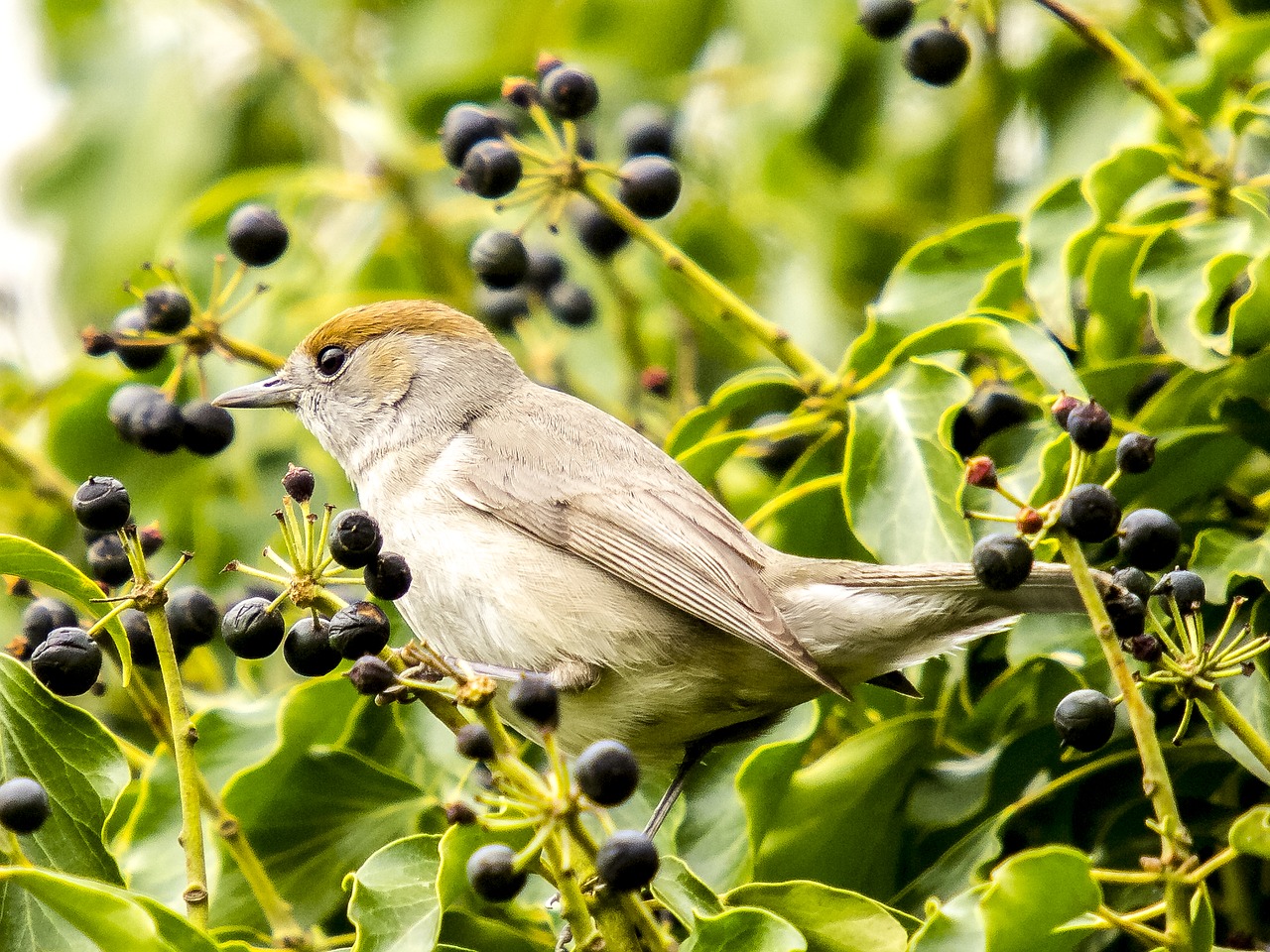Fuel deposition and potential flight ranges of Blackcaps Sylvia atricapilla and Whitethroats Sylvia communis on spring migration in The Gambia
DOI:
https://doi.org/10.34080/os.v6.22979Keywords:
diet, foraging ecology, climate effects, fat storageAbstract
Spring migration of Palaearctic passerines was studied on Ginak Island in The Gambia, as part of the European Science Foundation network "Palaearctic-African Songbird Migration". In this paper data collected from Blackcaps Sylvia atricapilla and Whitethroats Sylvia communis, which in late March–early April prepare for the crossing of the Sahara desert, are analysed. On a diet of mainly Maytenus senegalensis berries these warblers put on up to 3–4% body mass per day and when ready for take-off 35–40% of their mass consists of fuel for the trip. According to conventional flight-range calculations this gives them flight ranges in still air of maximum 1,200 km, which will not take them unaided across the desert. But predictable tailwinds, usually found at altitudes above c. 2,500 m, may help them to central Morocco or beyond. In addition, recent wind-tunnel experiments have suggested a distinctly reduced drag coefficient for use in the flight-range calculations, and this may extend the still-air range to more than 2,500 km. In that case the desert crossing would be possible also without the help of tailwinds.
Downloads

Downloads
Published
How to Cite
Issue
Section
License
The copyright of each contribution belongs to the author(s), but all contributions are published under a Creative Commons license, so that anyone is free to share and reuse the contribution as long as the copyright holder is attributed.







